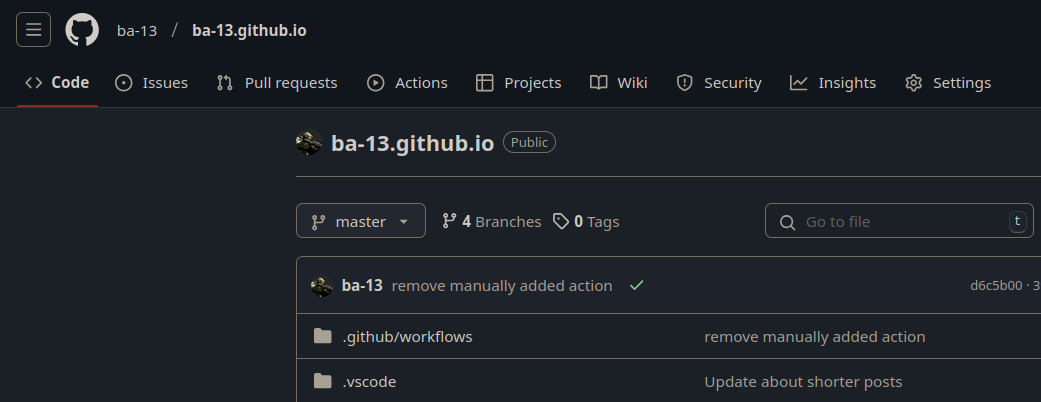This site had not been updated for so long that the ruby gems had deprecated! A post was long time coming.
The topic is to make it more convenient for me to write here. Hope is one day I’ll be writing something tangible and useful. Until that day arrives, we will have to deal with this.
Update on Jekyll
It seems jekyll has outdated sass support, and better alternatives have come up like astro, which themselves are getting old. I’ll stick to this for now.
I’ll go through 2021-10-08-my-approach-to-jekyll again.
Firstly, install gems locally by declaring the environment variables in your own shell startup script (e.g. .bashrc)
export GEM_HOME=$HOME/gems
export PATH=$HOME/gems/bin:$PATH
Now this ensures you don’t interfere with root installation of ruby and gems, install jekyll.
gem install jekyll bundler # bundler is for handling packages
Once done, create your Jekyll site base template with
jekyll new ./website
cd ./website
Great! Now you can start changing your new website and serve it locally using
It’s live reload, so changes you make in this website folder will be reloaded everytime you save.
Deploying on Github Pages
Once you’re happy with how your website looks locally, push it to your github repository.
Then go to GitHub Actions > New Workflow, search for jekyll

Choose Configure on Jekyll by GitHub Actions.

Commit default changes and you are set!
Using Obsidian
If you have used Obsidian before, you might find _posts folder to be nearly a perfect candidate of an Obsidian Vault.
Exactly.
Make it a vault, setup your configurations. Add the following configurations within your .obsidian/app.json
{
"vimMode": false,
"alwaysUpdateLinks": true,
"promptDelete": false,
"newFileLocation": "current",
"attachmentFolderPath": "images",
"newLinkFormat": "absolute",
"useMarkdownLinks": true
}
Notice that any images/attachments that I paste within Obsidian gets pasted within images folder. Also linking is done with absolute paths, evident later.
Linking Attachments
I sym-linked this folder outside so it’s visible to jekyll.
cd _posts
ln -s ../images ./images
Currently while pasting images within Obsidian from my Clipboard, I have to take care to add a / (slash) at the start of any image I paste in. For example:

# is the default way when you paste something in Obsidian
becomes

# / in front means relative to base URL for Jekyll, pointing to the correct images folder
Here’s where absolute paths to attachments come in handy, even though you have to take care about this extra slash which I couldn’t get a workaround with such that both Obsidian and Jekyll agree upon.
Linking Posts
You can also change _config.yml a bit:
permalink: /:year-:month-:day-:title.md
This helps in linking between files/posts and keeping it compatible for both Jekyll and Obsidian.
Templates
Add this as your .obsidian/templates.json
{
"folder": "templates"
}
Add create a new file within a _posts/templates folder, say _posts/templates/blog_template.md and paste this:
---
layout: post
title:
excerpt-separator: <!---->
tags:
time: ""
---
Whenever you create a new post within Obsidian, use Insert Template and add this to add the default properties, so you don’t have to manually.
Conclusion
There you go, this is the workflow I am using currently to write these posts. I’ll update this post as this gets modified, but the crux would remain.